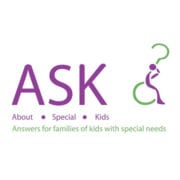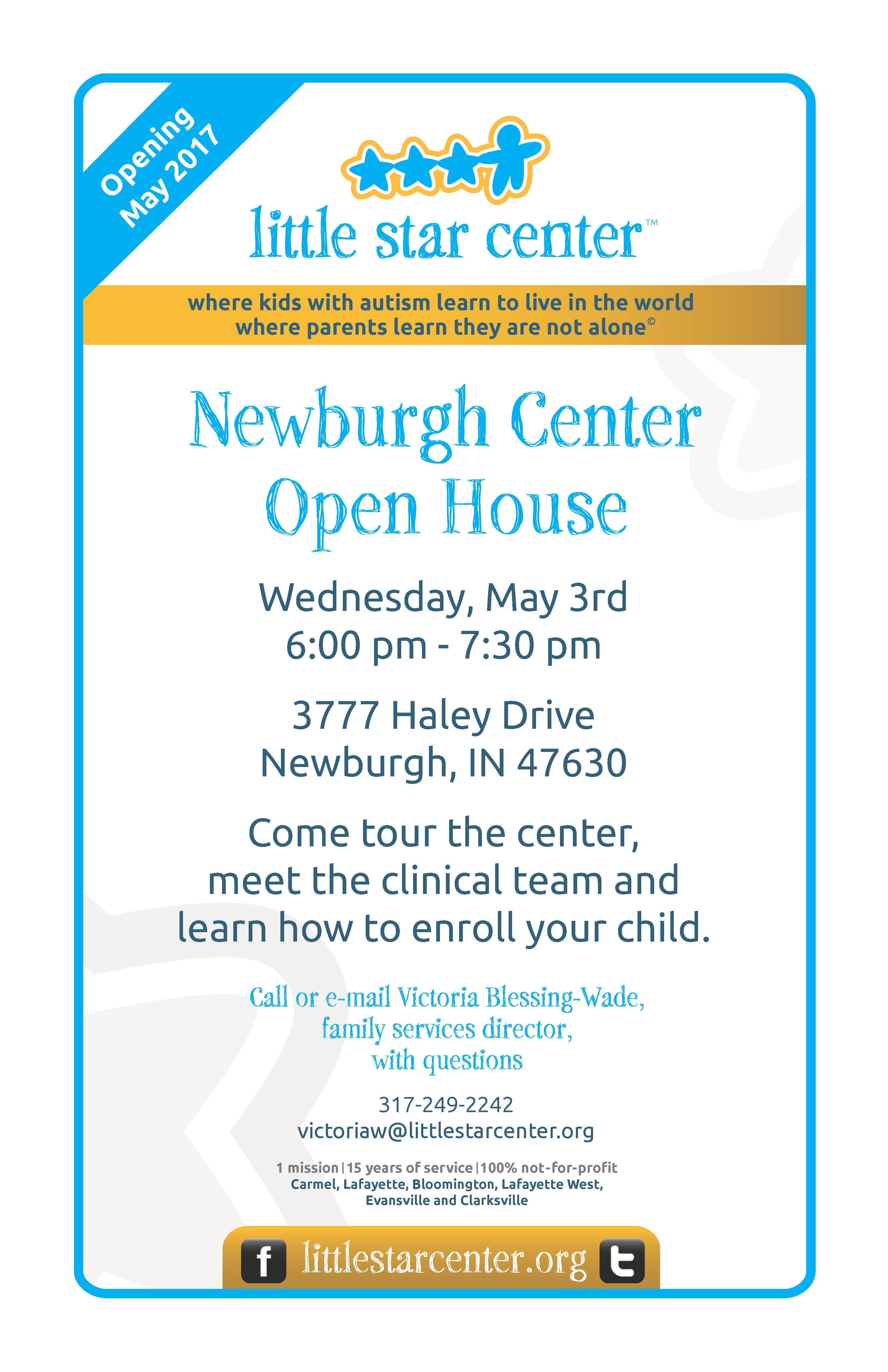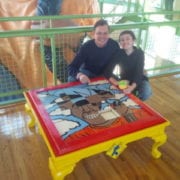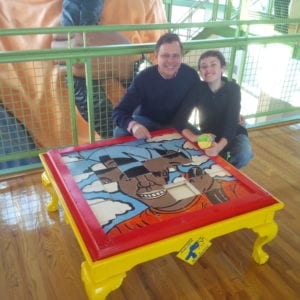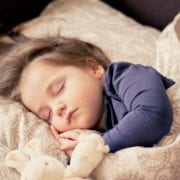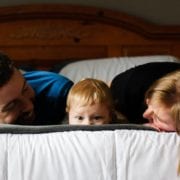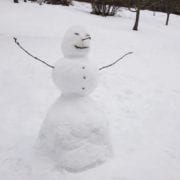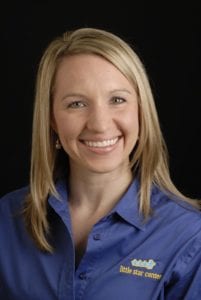By Dr. Breanne Hartley, BCBA-D
Senior Clinical Director
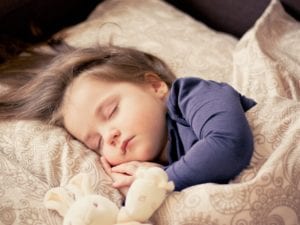 Approximately 25 percent of children have sleep problems. For children with autism, this percentage significantly increases to approximately 45-80 percent. It is extremely important for all children to get proper rest. A child who is not well rested will often demonstrate irritability, problem behavior, and potentially impaired academic performance.
Approximately 25 percent of children have sleep problems. For children with autism, this percentage significantly increases to approximately 45-80 percent. It is extremely important for all children to get proper rest. A child who is not well rested will often demonstrate irritability, problem behavior, and potentially impaired academic performance.
One of the most frequent sleep problems that children both with and without a diagnosis of autism have is onset latency, which is when a child has trouble falling asleep. It can often be even more difficult for your child to fall asleep in the summer when the days are longer and the nights are brighter. Some strategies to help decrease the time it takes for children with autism to fall asleep are:
Establish a bedtime routine
Start and maintain a regular bedtime, preceded by several calming activities that occur at the same time each night. For example, coloring from 7:30-7:45 p.m., bath from 7:45-8:15 p.m., read books from 8:15-8:30 p.m., bedtime at 8:30 p.m.
Limit physical activity
Physical activity is a must for healthy children. However, engaging in physical activity too close to a planned bedtime may interfere with falling asleep quickly. Consequently, encourage less rigorous activities closer to bedtime such as reading books, playing with blocks, arts and crafts, watching a movie, or playing board games.
Eliminate naps
One reason your child may not be falling asleep quickly is that he or she may not be tired. If your child is dependent on a nap during the day, begin gradually decreasing the length of that day-time nap. For example, if your child is accustomed to a two-hour nap, begin waking your child from that nap about 10-15 minutes earlier each week. This will allow for a transition away from napping in approximately two months.
Limit caffeine
It is no surprise that caffeine is a stimulant and should, therefore, be limited prior to sleep. Sodas are typically culprits of housing enough caffeine to keep your little ones awake, but also keep in mind that chocolate also contains caffeine. Therefore, limiting chocolate and foods that contains chocolate (like the summer favorite, chocolate ice cream) will be beneficial.
Reserve the bedroom for sleeping
Oftentimes, children’s bedrooms can serve a dual function as a playroom that houses many toys. Begin to reserve your child’s room solely for sleeping. Clearing out all toys and other distractions will help to establish the bedroom as a calm place that is kept for sleep.
Establish sleep expectations
It is common for children to get out of bed shortly after they are tucked in at night. Establish clear expectations so that your child understands he is not to get out of bed after bedtime. Resist the temptation to welcome your child into your bed to sleep for the night, as this may increase future instances of getting out of bed.
Faded bedtime
Another strategy is to keep your child awake until much later in the evening, past the time he typically falls asleep (for example, 11:30 p.m. versus 9 p.m.). This strategy helps a child fall asleep much more quickly because the child should be extremely tired. Then, gradually move bedtime up in small intervals of time (11:30 p.m., 11:15 p.m., 11 p.m., etc) until you reach a “reasonable” bedtime.


